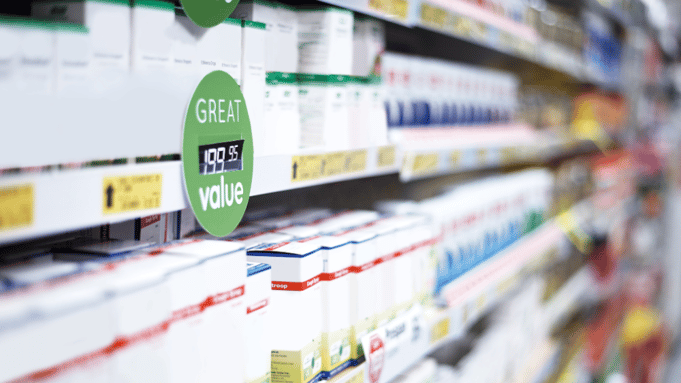Looking at how the market is evolving, there are good opportunities to acquire market share by offering value propositions. For instance, you can still offer a premium version of an edible oil while providing an additional lower-priced option. If you already have a value brand ready to hit the shelves, you should highly consider pushing it out on the market now.
Read more: 5 things you should know before designing your new labels
Material, size, and decoration choices
There are certain labelling elements you need to carefully consider before introducing your value brand to the market. We have summed up three key factors that can lower production costs and sale prices:
- Amongst the first things you should decide on is the correct choice of label material. It should distinguish itself from the premium brand. For instance, PP silver material is typically used for premium sunflower oil labels. Value brand labels could have self-adhesive paper materials instead, which drives prices down.
- A second factor you need to consider is the size of the label. Premium brands typically maximize the label size. Value brands should downsize the label, which not only drives costs down but also contributes to a greener environment. The latter is especially important, considering the higher volume of production.
- Lastly, don’t forget about the decorative embellishments. Foiling is the preferable choice for premium brands because it’s eye-catching and adds a touch of exclusivity to the product. Value brands can get away without shimmering effects and use alternatives such as gold ink instead. Although it does not grab the attention of the consumer as easily, it is the most cost-effective choice.
Read more: A guide for choosing cost-efficient and sustainable label materials
Exploring new markets with value brands
Not only will introducing a value brand open new doorways within other markets with new players, but the end consumer will be sure to notice that a low-price category exists - because they are actively seeking it.
Skanem Africa’s clear advice to brand owners is to create and introduce value brands to acquire new market share and expand the customer base.
If you need guidance or have any questions about labelling options for value brands, feel free to contact us.




